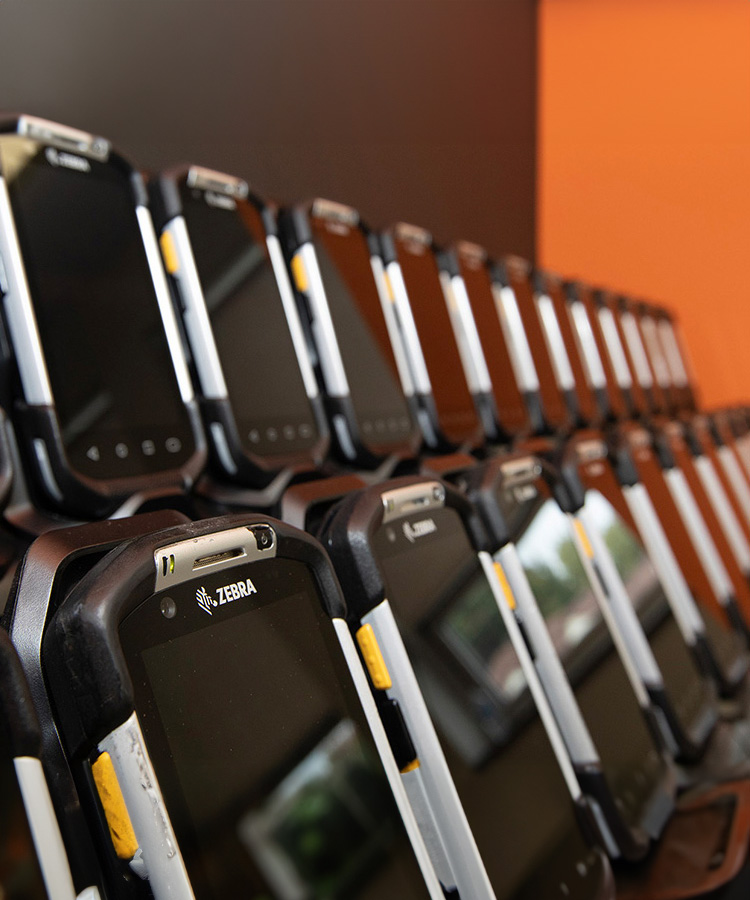Congrats, you’ve completed your assessment and selected the right devices for your unique use case! Next up is planning for the roll-out.
Before even getting into the planning details, there’s one first critical decision: instantaneous roll-over or phased-in approach. With the instantaneous roll-over, an organization takes a ‘big bang’ approach in which the new mobile devices (and related software and systems) go live across the organization all at once. The alternative approach is a phased-in, or pilot approach, in which a specific group of users is deployed before the rest of the system. Which is right for your team and your organization?
A closer look at the ‘big bang’ approach
Are you someone who prefers to ‘rip the band-aid off’? Then you might find yourself leaning intuitively toward the ‘big bang’ approach to the implementation of new mobile devices at your organization. There are certainly several appealing advantages to it.
Advantages of a ‘big bang’ roll-out
While there will certainly be nuances between organizations, these are the most common advantages of rolling out your deployment of new mobile devices all at once.
- Implementation speed: The ‘big bang’ approach allows for a faster implementation, swiftly transitioning the entire organization, which can result in quicker adaptation and realization of benefits.
- Accelerated user learning: Users must learn the new devices, software, and systems faster because the old way is no longer available. This can promote quicker adaptation to the new technology.
- Uniformity and consistency: Instantaneous rollout ensures that all users are on the same page, using the same devices and systems, which can enhance uniformity and consistency in operations.
- Clear cut-off: There’s a clear break between the old and the new system, which might make it easier for the IT team to provide support and troubleshooting.
- Cost efficiency and faster ROI: The ‘big bang’ rollout may lower costs as it streamlines the implementation process, potentially providing a faster return on investment (ROI) compared to a phased approach.

Disadvantages of a ‘big bang’ roll-out
Similarly to the advantages, while every organization has its own unique characteristics, the following disadvantages of a big-bang approach are generally universal.

- High-risk strategy: The ‘big bang’ approach is high-risk, as issues during implementation can be unpredictable and costly. The potential for major disruptions to operations poses a considerable risk.
- Extensive planning required: The strategy demands extensive planning to mitigate risks effectively and ensure a smooth transition. This planning stage is critical to the success of the implementation.
- Operational disruptions: Implementing changes on a large scale can create major disruptions to operations, leading to lower productivity as users adapt to the new devices and systems.
- Resource strain: Instantaneous rollouts can strain IT and support resources, dealing with a surge in support requests and potential troubleshooting needs.
- Learning challenges: For users, immediate adaptation to the new system can be challenging. The abrupt switch might hinder their ability to learn and utilize the new technology effectively.
The above list of advantages and disadvantages is roughly equal in number. However, it’s important to weigh them. With few exceptions, PiiComm recommends a phased-in approach as we find the risks of a ‘big bang’ roll-over are typically too high and outweigh the advantages.
If you’re not sure which deployment option is best for you, feel free to reach out. One of PiiComm’s Deployment Experts would be happy to discuss your particular use case and share complimentary guidance.





